The light of lights looks always on the motive, not the deed the shadow of shadows looks on the deed alone
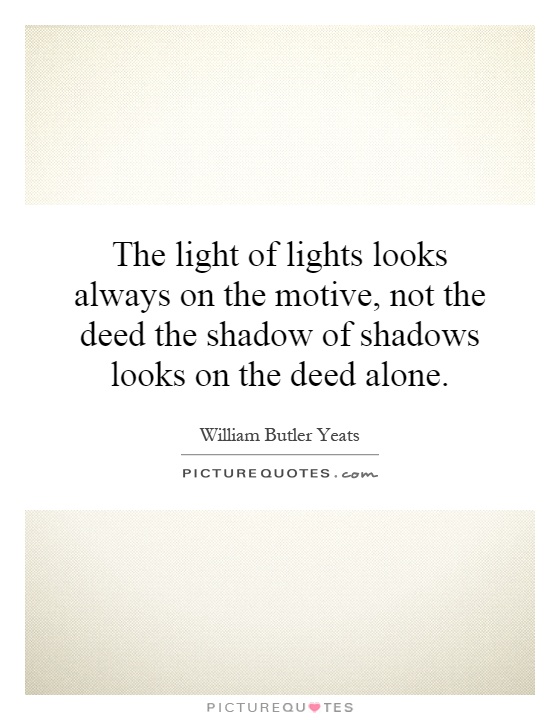
The light of lights looks always on the motive, not the deed the shadow of shadows looks on the deed alone
William Butler Yeats, one of the most celebrated poets of the 20th century, often delved into themes of spirituality, mysticism, and the human experience in his works. In his poem "A Prayer for my Daughter," Yeats explores the idea that the true essence of a person lies in their intentions and motives, rather than just their actions.The line "The light of lights looks always on the motive, not the deed; the shadow of shadows looks on the deed alone" encapsulates this sentiment perfectly. It suggests that there is a higher power, represented by the "light of lights," that sees beyond the surface level of our actions and into the depths of our hearts and intentions. This higher power judges us not solely on what we do, but on why we do it.
On the other hand, the "shadow of shadows" represents a more superficial and judgmental perspective. This shadowy figure only sees the outward manifestations of our actions and passes judgment based solely on what is visible on the surface. It fails to understand the complexities of human nature and the intricacies of our motivations.
Yeats, a deeply spiritual and introspective poet, was likely drawing on his own beliefs and experiences when he wrote this line. He understood that true understanding and compassion come from looking beyond the surface and into the heart of a person. He believed that our motives and intentions reveal more about who we are than our actions alone.


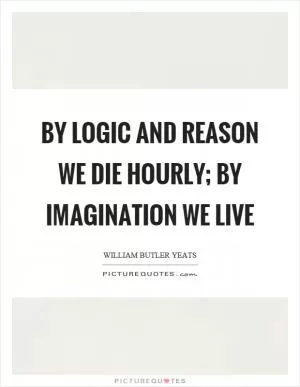


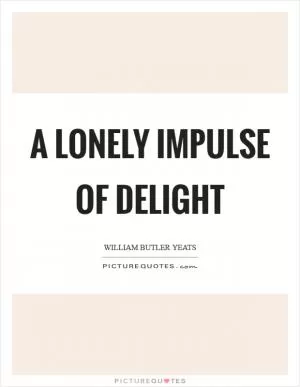
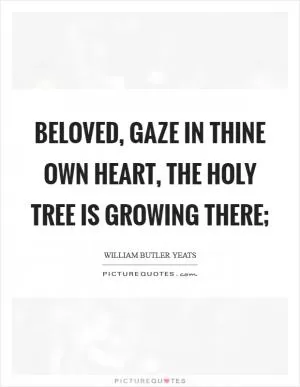

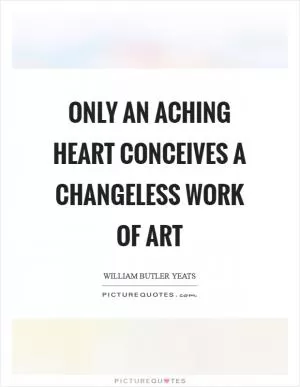
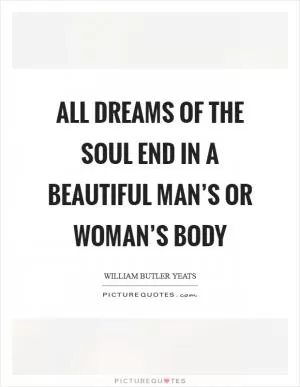
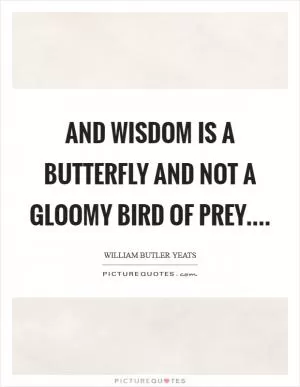

 Friendship Quotes
Friendship Quotes Love Quotes
Love Quotes Life Quotes
Life Quotes Funny Quotes
Funny Quotes Motivational Quotes
Motivational Quotes Inspirational Quotes
Inspirational Quotes